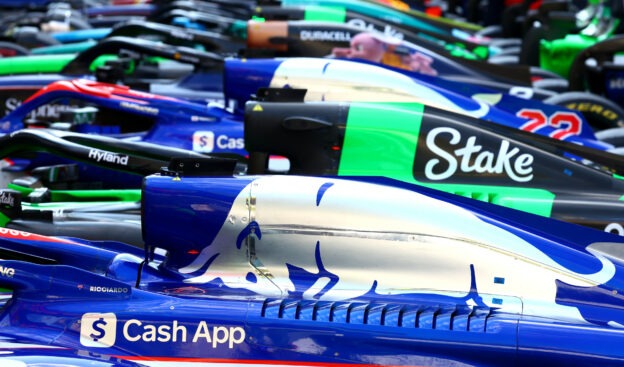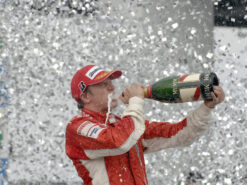Understanding F1’s Parc Fermé: The Strict Rules Behind the Scenes

In Formula 1, "parc fermé" translates directly from French as "closed park," but in practice, it means much more. These regulations control what teams can do to their cars during specific periods of a race weekend. The goal? To ensure the cars remain in the same condition they were in after qualifying, creating a fair and level playing field.
What Is Parc Fermé in F1?
F1 Technical Delegate Manuel Leal explains: "Parc fermé exists in many motorsport disciplines, but in Formula 1, it's a combination of physical and virtual spaces." Cars are parked in a specific area at the end of sessions, but even when they’re returned to the team garages, only limited maintenance is permitted. This rule prevents teams from tweaking their setups and forces them to race with the cars they qualified with.
When Do Parc Fermé Rules Apply?
The rules kick in when a car first leaves the pit lane during qualifying and stay in effect until the race begins. For sprint weekends, a brief period between the end of the sprint and qualifying allows teams to perform some work, but once the car is out for qualifying, parc fermé conditions apply.
What Work Can Be Done in Parc Fermé?
During parc fermé, teams are restricted to a handful of maintenance tasks or safety-related work. These tasks include brake deglazing, front wing angle adjustments, and inspections for damage. Minor repairs are allowed, but all work is strictly monitored by FIA scrutineers, who watch every move to ensure compliance with the rules. As Leal puts it, "Teams can’t make changes that would give them an unfair advantage on race day."
Replacing Parts Under Parc Fermé Conditions
If a part needs replacing, the new part must be identical in design, weight, and function to the original. The FIA must approve all changes, and removed parts are kept for further inspection. Leal emphasizes that teams must provide evidence for the replacement, such as a suspension failure, to get approval for the work.
Constant Monitoring by Scrutineers and Cameras
Each car is assigned a scrutineer for the weekend, and their job is to monitor everything the team does under parc fermé conditions. To further ensure compliance, cameras above each car provide 24/7 surveillance, allowing FIA officials to watch live as teams work on their vehicles. Leal explains, "Every operation is logged, and we have people watching constantly."
What Happens After Qualifying?
Following qualifying, at least three cars are selected for further checks. The teams can’t touch these cars until the checks are complete, ensuring total transparency. Cars are then sealed with tamper-proof stickers, locking them down until race day. The FIA applies around 40,000 seals each season, covering engines, gearboxes, bodywork, and more.
Breaking Parc Fermé: Starting from the Pit Lane
If a team decides to break parc fermé rules to make changes, they must declare it within three hours of qualifying and start the race from the pit lane. This allows teams to adjust their cars if needed but with the penalty of giving up their grid position.
Final Checks on Race Day
On the morning of the race, the FIA conducts final checks to ensure the cars are in the same condition they were when they qualified. These checks are rare but serve as a final level of vigilance before the cars hit the track.
Parc fermé rules are critical to maintaining fairness in F1, ensuring that teams race with the cars they qualified and keeping the competition level for all teams.
✅ Check out more posts with related topics:













LAST 3 F1 Fan COMMENTS